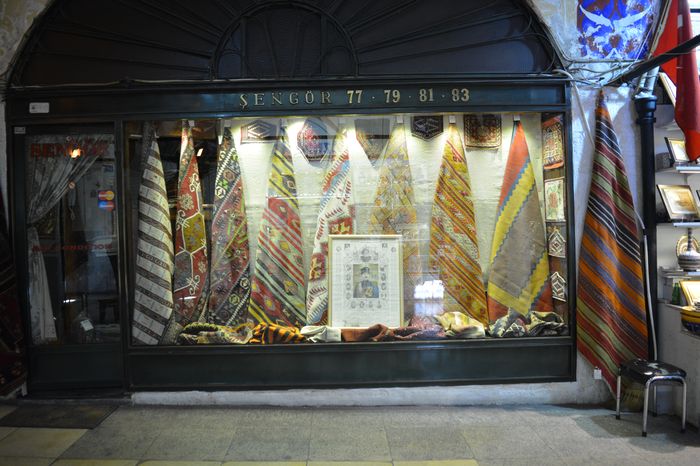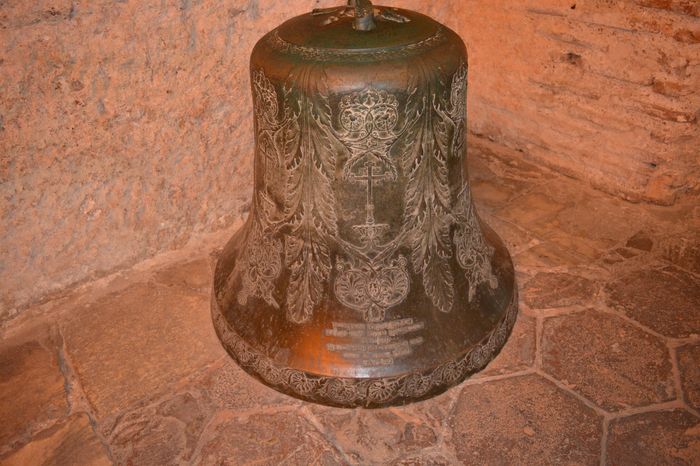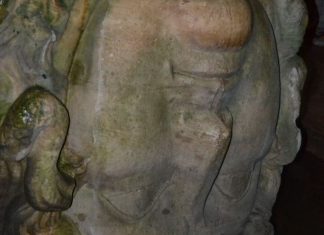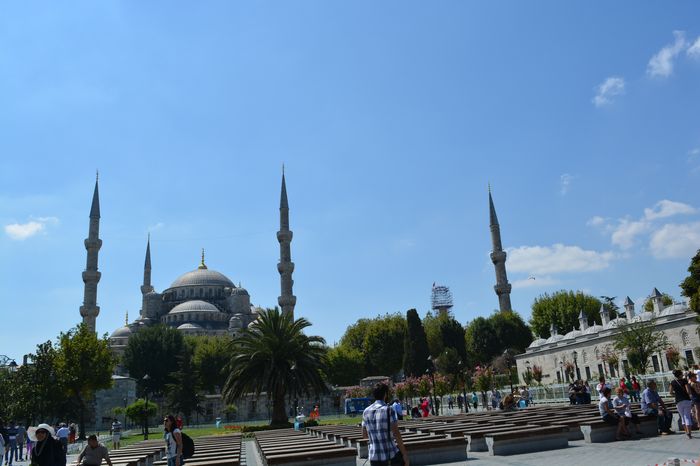The central theme in this document is taxis. Taxis, or correct order, within Byzantine society produced the harmonious hierarchy of institutions that consituted the state.
Taxis in human society mirrored that of heaven, and systems of precedence mirrored the divine hierarchy. Thus the Byzantine empire was rigidly structured, and the opposite of the world beyond the empire, the barbarian world where ataxia (disorder) reigned. However, the late antique concept of universality had been reinstituted as a principal component of imperial ideology before the tenth century, and this required that the empire introduce order to other human societies, to correct ataxia.
This is evident in chapter 46, which comprises a list of Byzantine court titles which foreigners might be given; and in chapter 47, which lists not only how foreign ambassadors should be greeted, but how (exactly how) they should greet the emperor. In fact, it is most likely to have been the Logothete who delivered the greeting on behalf of the ambassadors, saving them from any potential faux pas consistent with their ataxia.
The extension of order to the non-Byzantine world led to the creation of a what has been dubbed “the hierarchy of states.” At the top of the hierarchy, after Byzantium, came the Sassanian Persians, then the Arabs and later the sultan of Egypt, with whom the emperor negotiated on terms of quasi-equality. Next came the khagan of the Khazars, and after this various western potentates, including the king of the Franks. The order of precedence is illustrated in the protocols for letters despatched to the rulers of independent peoples, and also those rulers deemed to be subject to the emperor.
Emir of the Faithful
Independent rulers received a letter (grammata), subject rulers received a command (keleusis). Each was sealed with a golden sealing, or bull, with a specified value in Byzantine solidi. Thus the ‘Emir of the Faithful’ received a letter with a golden bull of four solidi, while the ‘Pope of Rome’ received either a one-solidus or two-solidi bull. The repetition and contradiction in the text, for example in dealing with the pope, reflects the imperfect state of the protocols and their development to reflect prevailing political circumstances.
Protocols are included for addressing numerous peoples to the east and west, and the treatment of several complements information contained in other sources (particularly the DAI). For example, the Pechenegs have no single archon, but several leaders of distinct confederate groups who each receive the same honour. Moreover, each is accorded the status of an independent ruler and receives a letter (grammata) from the emperors.
Read More about Notes on the Diplomatic Stylesheet








